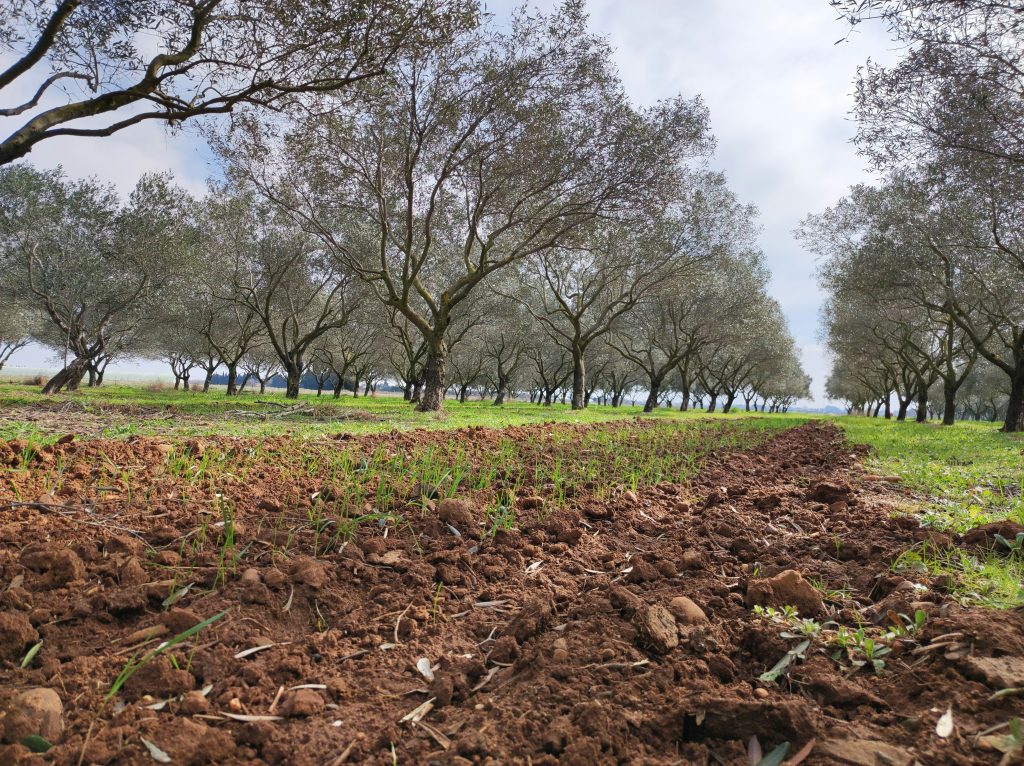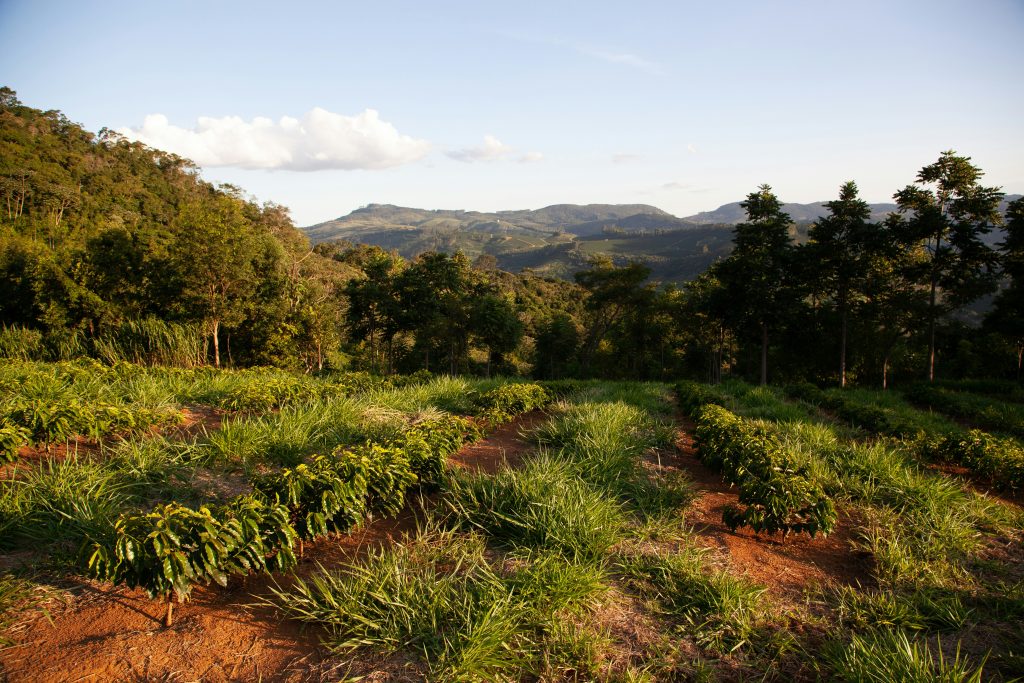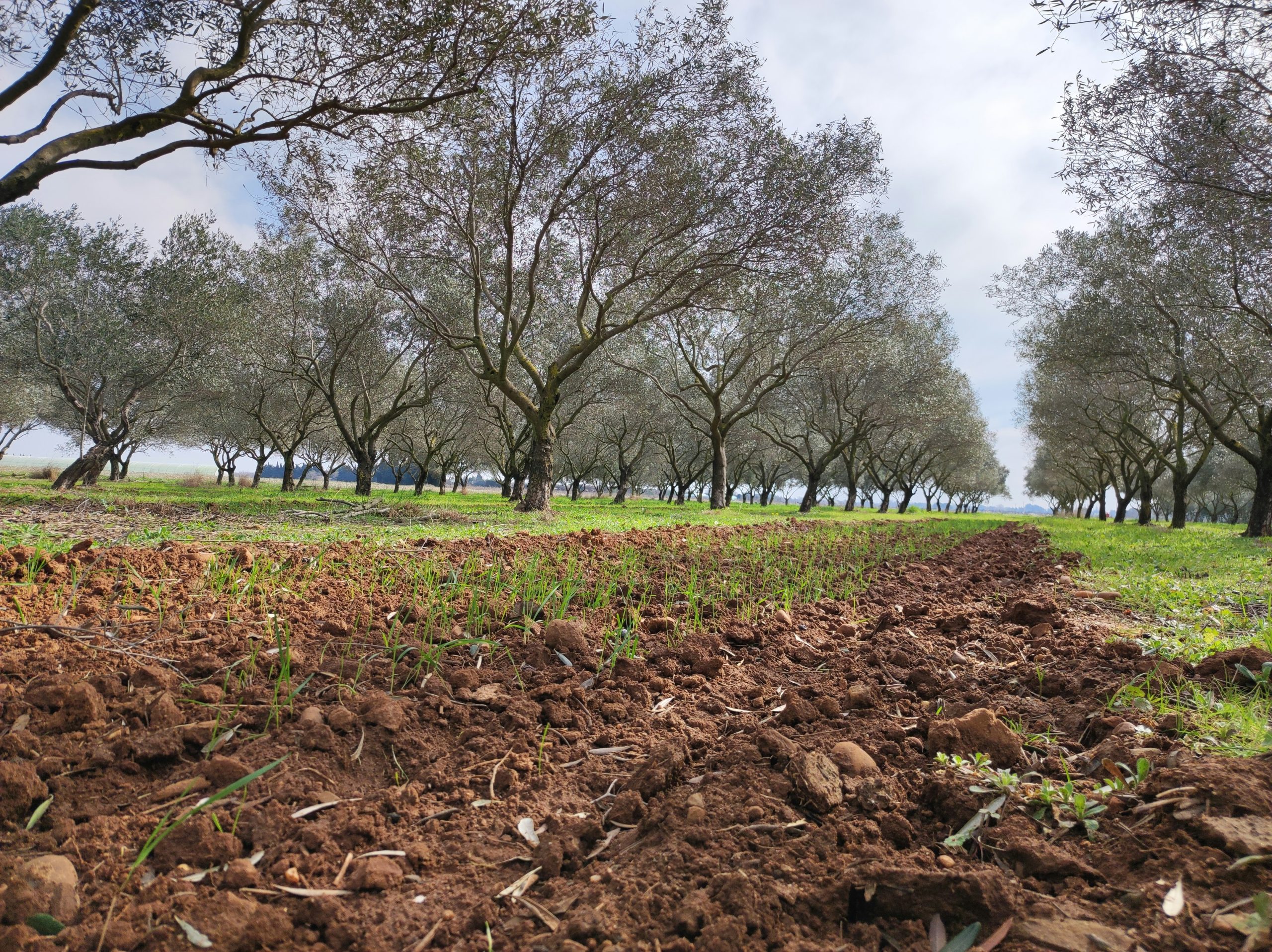A recent scientific review published in Nature Climate Change highlights how agroforestry could easily become the first natural climate solution in Europe and worldwide. Agroforestry, defined as the deliberate incorporation of trees in agricultural landscapes, could be the largest single contribution the agricultural sector can make toward mitigating climate change. In fact, its global impact is nearly equivalent to more widely recognized strategies such as reforestation.

The Study and Its Findings
The review, led by The Nature Conservancy (TNC) in collaboration with other international organizations, revealed that despite the enormous potential of agroforestry as a climate solution, there is a need for further research to optimize its application worldwide. The priority should be to identify the places where agroforestry development has the largest potential for climate change mitigation and different other positive outputs, such as biodiversity conservation, food production and ecosystem connectivity.
Benefits of Agroforestry
According to the study, agroforestry offers numerous advantages beyond substantial climate mitigation potential:
- Improved Crop Yields: Enhanced sustainability and resilience of food production systems.
- Diversified Farm Incomes: Provides farmers with additional revenue streams.
- Biodiversity Conservation: Creates habitats for various species.
- Protection from Extreme Weather: Shields people and livestock from extreme heat and other adverse weather events.
- Deforestation Mitigation: In regions like Brazil, agroforestry can help reduce or reverse forest loss by improving farmer livelihoods.
- Soil health and formation: planting or including trees in farming areas can benefit soil nutrients and biodiversity, helping crop production, and reducing soil erosion and desertification.

Challenges and Opportunities
Although agroforestry offers a cost-effective and readily available natural solution to climate change, it is currently not being utilized at its full potential. Challenges include ambiguity about which agroforestry actions provide carbon mitigation, uncertainty regarding their full sequestration potential, and difficulty in tracking the progress of agroforestry practices.
Path Forward
To achieve the best climate outcomes, the study’s collaborators identified three critical science gaps:
- Carbon Sequestration: Better understanding of the level of carbon intake by individual agroforestry and how this varies by location.
- Current Extent: Improved mapping of existing agroforestry systems to capture the most carbon-rich areas.
- Global Ambition: Addressing uneven adoption and ambition across the world, with significant opportunities for expansion in the Global North.
In the northern and more industrialized countries , trees have been almost completely removed from farms. In these contexts agroforestry could be a valuable solution both for habitat restoration and increased crop production.
“With the world’s land increasingly squeezed by competing demands for food, fiber, and fuel, we need to both produce more food and reduce carbon emissions,” said Fred Stolle, deputy director of the Forests program at the World Resources Institute. “Agroforestry is a critical way we can meet both goals at once.”
At ResAlliance we always enforce agroforestry solutions! find out more on our factsheet page at: https://www.resalliance.eu/factsheets/
Join the LandNet to become part of the solution! visit: https://www.resalliance.eu/landnet/
